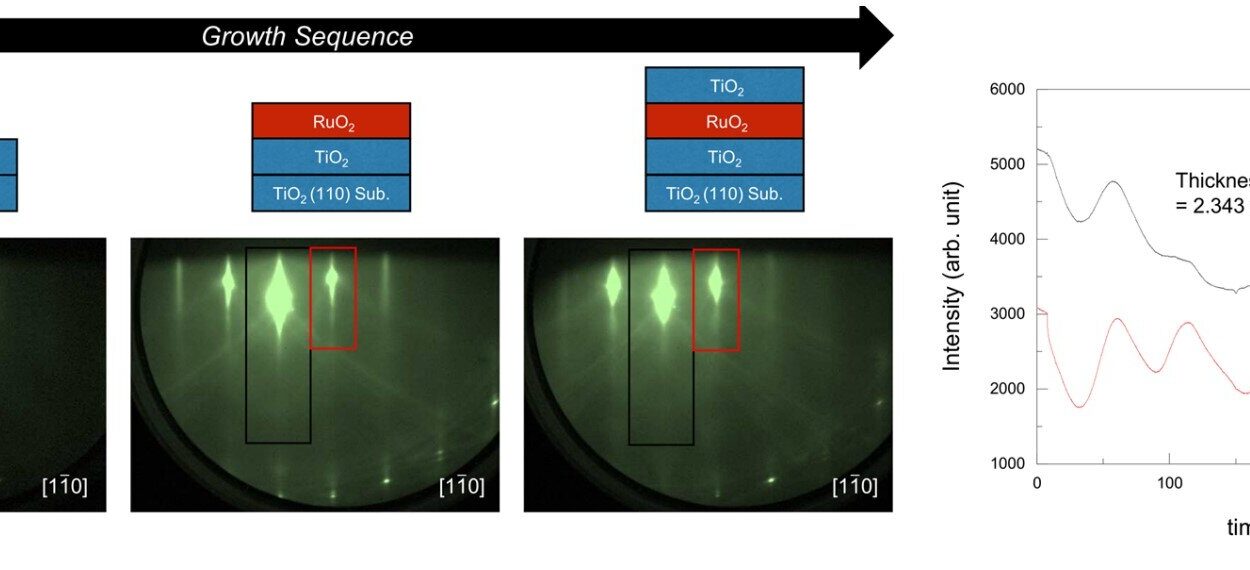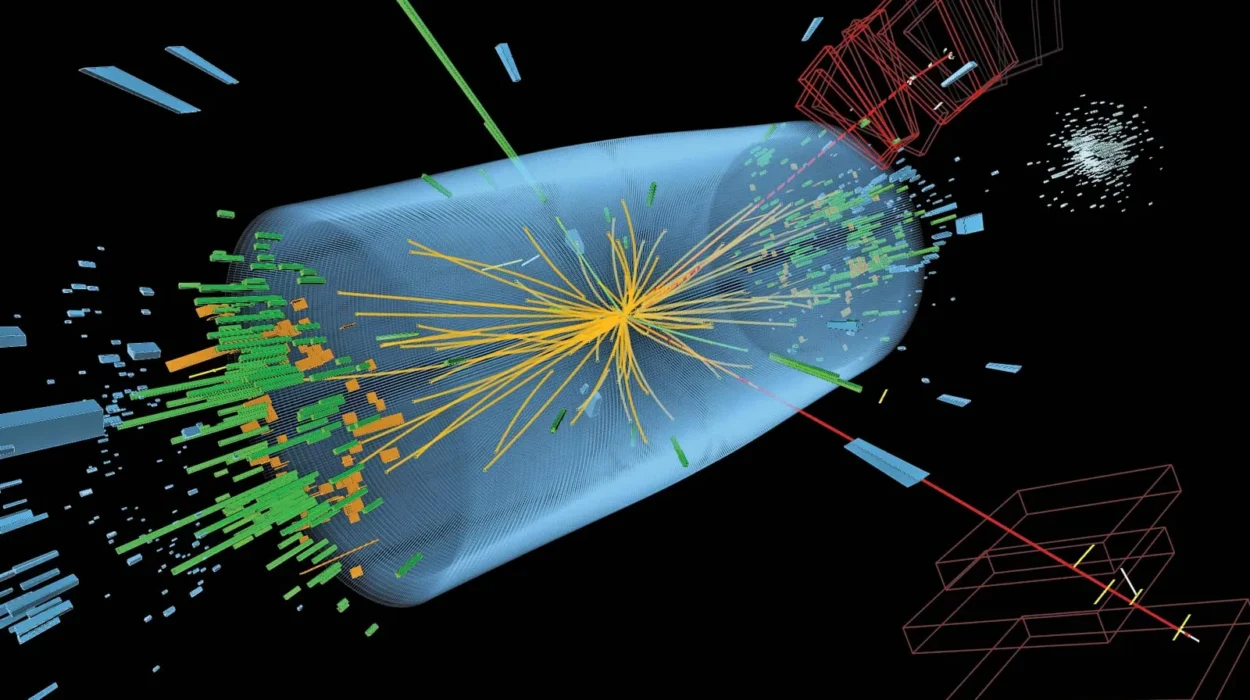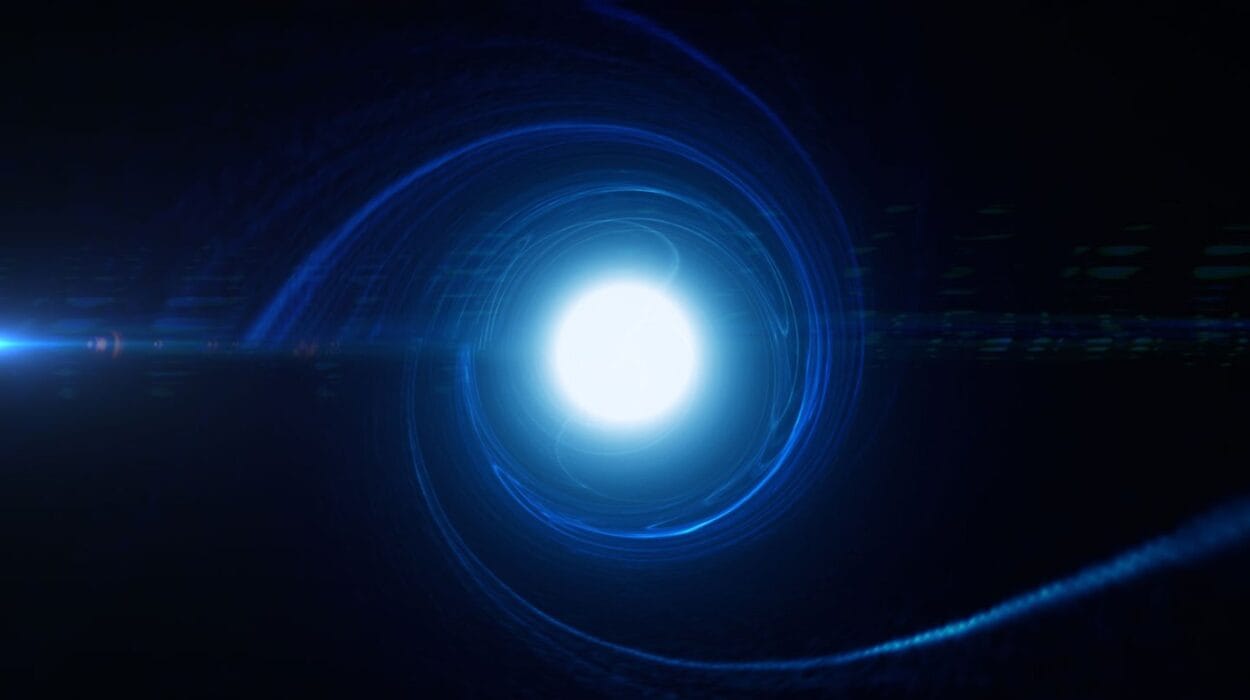For decades, scientists have been chasing a ghost—an invisible presence that accounts for most of the universe’s matter yet has never been directly observed. This mysterious entity is dark matter. Despite monumental global efforts, it continues to elude capture, leaving researchers to speculate on what exotic particles might compose it. Two of the most compelling contenders are axions and dark photons, theoretical particles that may lurk just beyond the reach of our current instruments.
Enter MADMAX, short for MAgnetized Disk and Mirror Axion eXperiment, a groundbreaking European experiment designed to chase these enigmatic particles. In a recent milestone, the MADMAX collaboration published results from their first-ever search for dark photons using a small-scale prototype of their futuristic detector. While the results didn’t yet unveil a dark matter breakthrough, they marked a crucial step in proving this unconventional detection method might be our best shot yet at finally catching these cosmic phantoms.
A New Direction in the Search for the Invisible
Most dark matter detection experiments rely on direct collisions, ultra-sensitive crystals, or massive underground chambers that aim to spot the rare interactions between dark matter and ordinary particles. MADMAX, however, takes an entirely different route—one that leverages quantum physics, high-frequency electromagnetic waves, and precision engineering.
At the heart of MADMAX lies a uniquely constructed resonator composed of a carefully aligned stack of sapphire disks in front of a highly reflective mirror. This assembly isn’t built to observe physical collisions but to listen—to detect subtle electromagnetic whispers from the cosmos. These whispers might be the signal of dark photons, transforming into visible light through a rare but theoretically allowed process.
The Science of Dark Photons
To understand MADMAX’s quest, it’s essential to grasp what dark photons are. In simple terms, dark photons are hypothetical particles similar to ordinary photons—the quanta of light—but with one key difference: they possess mass. In most models, they are envisioned as messengers of a hidden sector of the universe, one that interacts only faintly with known matter through what physicists call “kinetic mixing.”
Unlike massless photons, which make up the visible light spectrum, dark photons could convert into regular photons under very specific conditions. This process is extremely rare and would be undetectable without enhancing its probability. MADMAX is designed to do exactly that.
Engineering a Window to the Invisible
In the MADMAX prototype, dark photons from the cosmic dark matter halo are expected to convert into ordinary photons as they pass through the detector. This conversion occurs in a custom resonator, a structure made from stacked sapphire disks separated by precision-controlled gaps. These disks enhance the likelihood of photon conversion by acting as multiple reflective boundaries, boosting the tiny signal via constructive interference.
As Jacob Mathias Egge, the first author of the paper, explains, “Dark photons can convert into real photons with a frequency that depends on their mass. We focused on detecting excess photons around 20 GHz.”
To isolate such a weak signal amidst noise, the setup includes a microwave receiver that monitors the resonator’s output. If dark photons are present, they should appear as a tiny, steady signal—a narrow spike in Fourier space—rising above the otherwise random background noise from thermal radiation.
The First Results: No Discovery, But a Strong Signal from the Method
Although the MADMAX team didn’t find any direct evidence for dark photons in their initial run, that wasn’t entirely unexpected. The prototype was built to test feasibility, not necessarily to guarantee discovery. Still, the results were anything but disappointing.
Despite its small size, the detector achieved nearly three orders of magnitude greater sensitivity than previous dark photon experiments. This is a staggering leap forward, made even more impressive by the fact that it was achieved during a single experimental run.
A handful of false signals—most likely originating from a nearby airport—reminded the team just how sensitive their instrument had become. This hypersensitivity is vital for future success, especially when distinguishing real dark matter signals from artificial noise.
Building Towards the Future
The MADMAX prototype’s success has laid a solid foundation for the next phase of the project. Already, upgrades are underway that promise to supercharge its capabilities.
First, the entire setup will be cooled to just 4 kelvin (−269.15°C), a move that will dramatically reduce background noise from thermal radiation. Lowering the temperature is crucial to isolating the minute energy shifts associated with dark photon conversions.
Second, the researchers are planning to scale up the resonator. By using more and larger disks, they can increase the volume where conversions might happen. More disks also mean more chances for dark photons to reveal themselves through resonance amplification.
Crucially, the disks will be equipped with precision actuators that allow researchers to finely tune their positions. This enables the resonator to adjust its sensitivity across a range of frequencies, effectively scanning different possible dark photon masses.
Simultaneously Hunting for Axions
While dark photons are a focal point, MADMAX isn’t putting all its eggs in one basket. The ultimate plan is to integrate a strong magnetic field into the detector, which opens up the possibility of simultaneously detecting axions, another prominent dark matter candidate.
Axions, unlike dark photons, require a magnetic field to convert into detectable photons. With both mechanisms potentially running side by side, MADMAX could become the first dual-purpose dark matter detector targeting both types of particles using the same core principles of resonance and conversion.
This flexibility is not just a technological marvel—it’s a strategic advantage. As physicists remain uncertain about the true nature and mass range of dark matter particles, the ability to scan broad swathes of parameter space and pivot between theories is immensely valuable.
A Window into the Dark Side of the Cosmos
The allure of MADMAX lies in its bold departure from traditional dark matter experiments. Instead of scaling up shielding or digging deeper underground, it listens intently to the whispers of the universe—echoes from a shadow realm that could hold the key to cosmic evolution, galaxy formation, and the fate of the universe itself.
Even without a definitive detection, MADMAX has already reshaped the landscape of dark matter research. Its early results have validated a new detection paradigm, demonstrating that high-frequency electromagnetic resonators can peer into the unknown with extraordinary sensitivity.
The Bigger Picture
Dark matter remains one of the greatest unsolved mysteries in physics. We know it exists because of its gravitational effects on galaxies and the cosmic web. But its true nature continues to evade our most sophisticated experiments, from deep underground labs to space-based telescopes.
MADMAX represents a new kind of thinking—one that blends experimental precision with theoretical imagination. Whether or not it finds dark photons or axions in its next iterations, it will help tighten the constraints on these theories, narrowing the possibilities and guiding the scientific community closer to the truth.
Final Thoughts
The quest for dark matter is, at its heart, a human endeavor. It’s driven by our deep need to understand the universe—not just its bright, visible stars and galaxies, but the vast, invisible scaffolding that holds them together. Projects like MADMAX remind us that innovation and curiosity go hand in hand, and that even in the face of darkness, science gives us tools to seek light.
As the MADMAX team prepares its next phase—colder, larger, and more sensitive than ever—there’s a growing sense of anticipation. Perhaps the elusive signal is just around the corner. Perhaps, soon, we will finally glimpse the particles that shape the cosmos from the shadows.
Reference: J. Egge et al, First Search for Dark Photon Dark Matter with a madmax Prototype, Physical Review Letters (2025). DOI: 10.1103/PhysRevLett.134.151004






